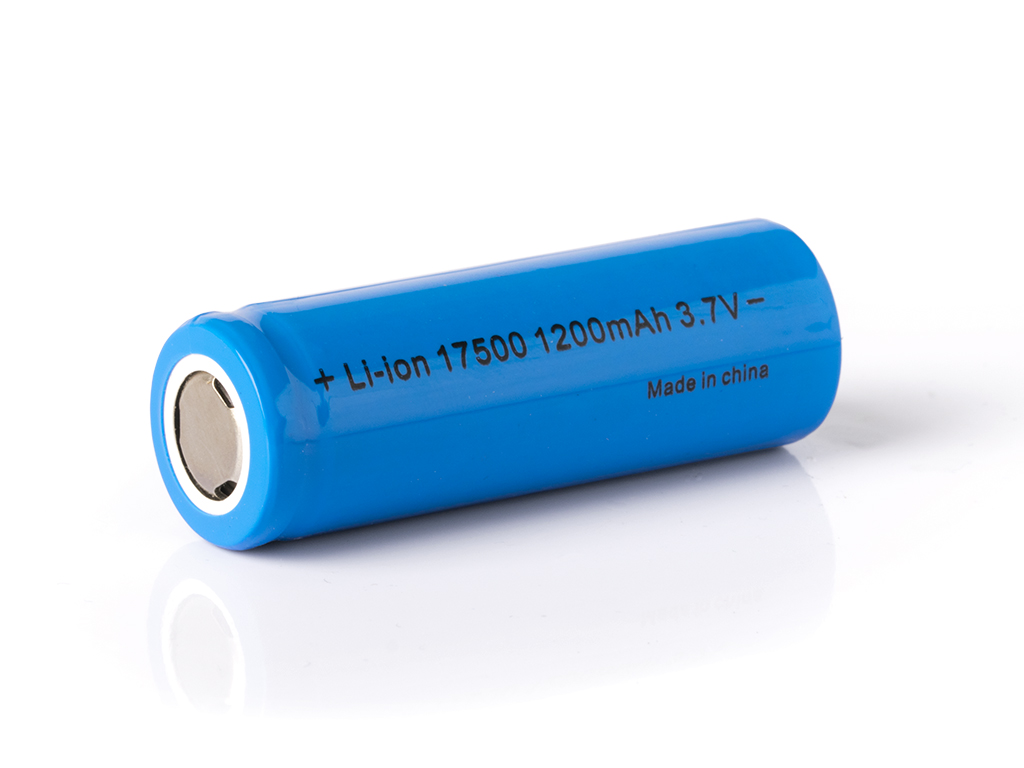Lithium is a soft, silver-white metal that belongs to the alkali metal group of chemical elements. It is the lightest metal known and has the lowest density of any solid element. Lithium is highly reactive and flammable. When exposed to air, it rapidly tarnishes and forms a dark oxide-nitride layer.
Lithium has a wide range of applications in both industry and academia. In industry, lithium is used in alloys, batteries, greases, glassmaking, ceramics, pharmaceuticals and textiles. In academia, lithium is used as a research reagent in many different fields such as biology (e.g., genetic engineering), medicine (e.g., treating bipolar disorder) and materials science (e.g., developing high-strength alloys).
The term “lithium ion” refers to a family of rechargeable battery chemistries that contain lithium metal or lithium compounds as the anode (positive electrode). The most common types of lithium ion batteries are those based on lithium cobalt oxide (LiCoO2), lithium manganese oxide (LiMn2O4) or lithiated iron phosphate (LiFePO4). These chemistries offer high energy densities and are widely used in portable electronic devices such as laptops, cell phones and digital cameras.
Lithium ion batteries have several advantages over other types of rechargeable batteries such as lead acid or nickel-metal hydride batteries. For example, they have higher energy densities so they can store more charge per unit volume or weight than other types of batteries. They also have much lower self-discharge rates so they retain their charge better when not in use. In addition, they can be charged and discharged much more rapidly than other types of batteries without damaging them – a process known as “fast charging” which is especially important for applications such as electric vehicles where quick refueling is desirable.
Despite these advantages, there are also some disadvantages associated with lithium ion batteries which must be considered when choosing this technology for a particular application. For example, they are typically more expensive than other types of rechargeable batteries due to the cost of the raw materials involved – especially if cobalt is used in the cathode material . In addition ,they can pose safety risks if not properly designed and constructed since the flammable electrolyte inside the battery cells may catch fire if overheated or damaged .


